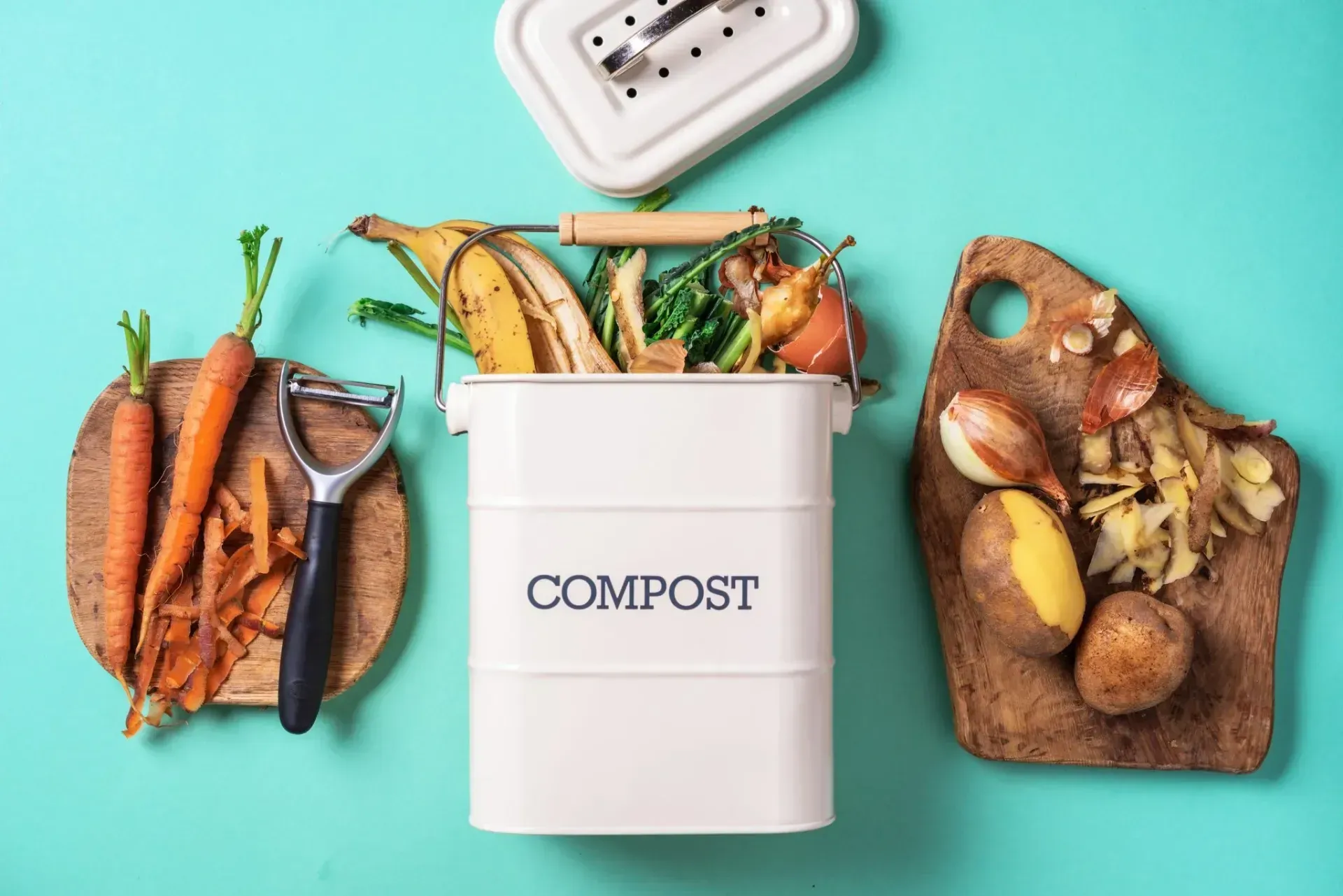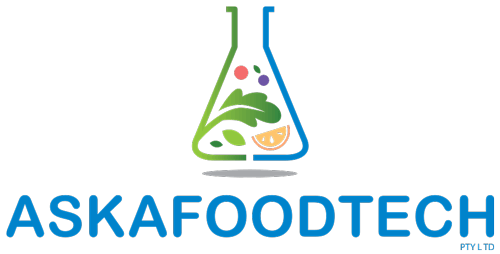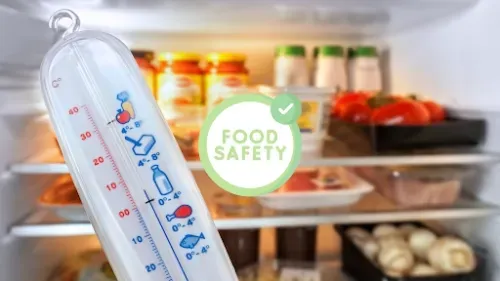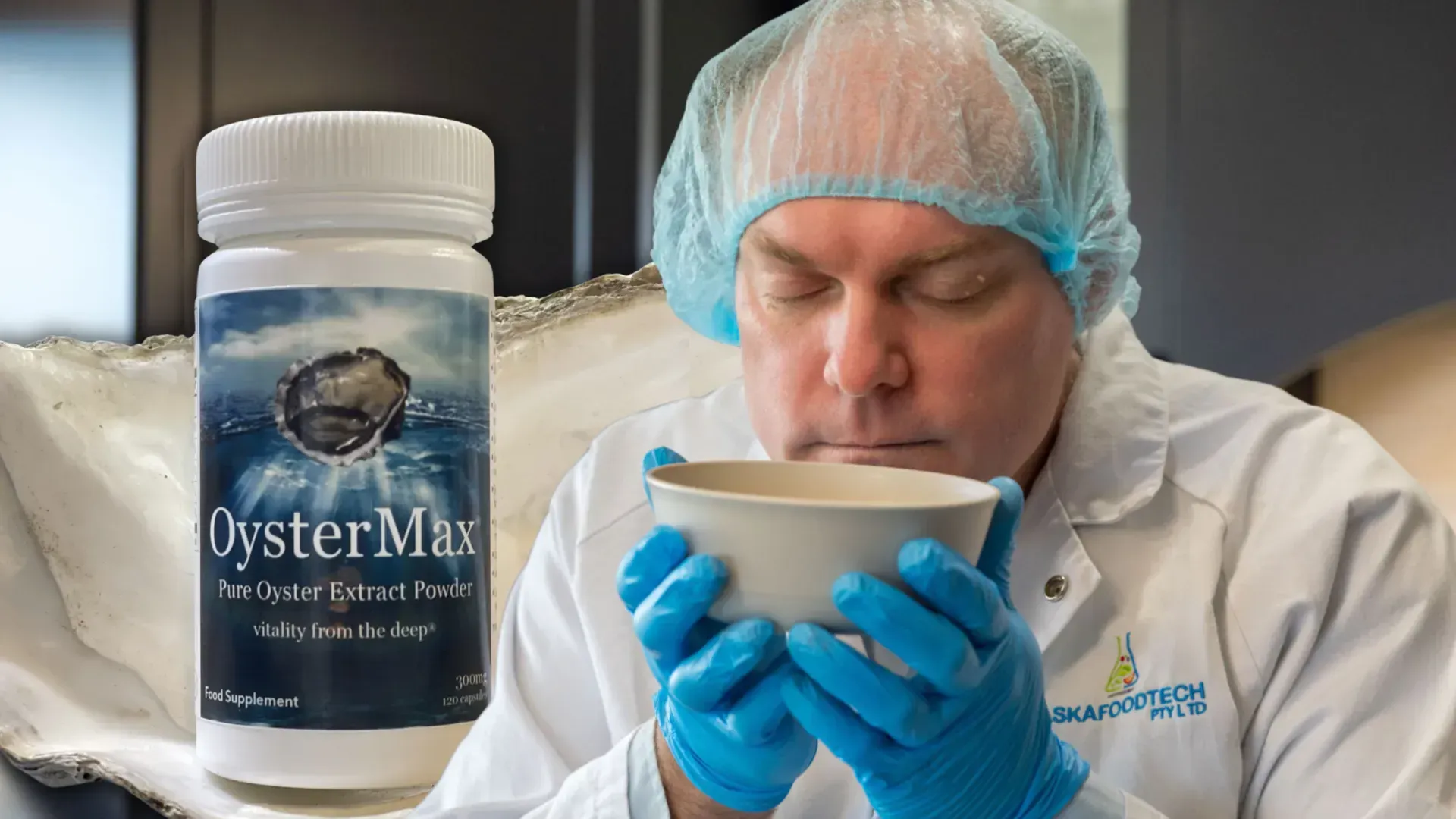Australia's Mandatory Food Allergens: What Your Food Business Needs to Know Under PEAL
Learn about Australia's 13 mandatory food allergens under PEAL.
Protect your customers and business with our guide to labelling, training, and effective allergen management.
As an Australian food producer, ensuring the safety of your products is paramount. A critical aspect of this is understanding and managing food allergens. In Australia, the Plain English Allergen Labelling (PEAL) laws mandate the declaration of specific food allergens to protect consumers. Failing to comply can lead to serious health consequences and significant repercussions for your business, including costly recalls and damage to your brand reputation.
This blog article will walk you through the mandatory food allergens in Australia, explain your labelling obligations under PEAL, and provide essential insights into food allergy awareness training and managing allergens effectively in your food production processes.
Understanding Australia's Mandatory Food Allergens
The Australia New Zealand Food Standards Code (Standard 1.2.3, specifically Section S9-3) outlines the following food allergens and substances that must be declared on food labels:
Crustacea: This category includes prawns, crabs, lobsters, and yabbies. Even the cooking water used for crustacea can contain allergenic proteins.
Eggs: This includes whole eggs, egg yolks, egg whites, and any products containing egg, such as mayonnaise, baked goods, and some sauces.
Fish: All types of fish and fish products must be declared. This includes finfish and shellfish.
Milk: All milk from mammals (cow, goat, sheep, etc.) and products derived from milk, such as cheese, yoghurt, cream, and whey, are included. Lactose intolerance is different from a milk allergy, but proper labelling is still crucial for consumers.
Peanuts: Even trace amounts of peanuts can cause severe reactions. This includes peanut butter, peanut oil, and products containing peanut flour or hydrolysed peanut protein. Be vigilant about cross-contamination in facilities that handle peanuts.
Soybeans: Soybeans and products containing soybeans, such as soy milk, tofu, soy sauce, and soy lecithin, are common allergens. Highly refined soybean oil is exempt from mandatory labelling under specific conditions.
Wheat: This includes all forms of wheat, such as wheat flour, durum, semolina, spelt, and kamut. Gluten, a protein found in wheat, barley, and rye, is also a significant concern.
Tree Nuts: This category encompasses a wide range of nuts, including almonds, Brazil nuts, cashews, hazelnuts, macadamia nuts, pecans, pine nuts, pistachios, and walnuts. Each specific type of tree nut present must be individually declared (e.g., "Contains: Almond", "Contains: Cashew").
Sesame Seeds: Sesame seeds and products containing them are a significant allergen.
Cereals containing gluten, namely, wheat, rye, barley, oats and their hybridised strains, and products of these
Added sulphites in concentrations of 10 mg/kg or more
Lupin: Lupin and products containing it must be declared.
Molluscs: This includes oysters, mussels, clams, and scallops.
Mandatory Allergen Labelling Under PEAL: Your Legal Obligations
The Australia New Zealand Food Standards Code (Standard 1.2.3) clearly outlines the requirements for declaring these mandatory allergens, as well as cereals containing gluten (wheat, rye, barley, oats) and added sulphites in concentrations of 10mg/kg or more. The Plain English Allergen Labelling (PEAL) requirements aim to make allergen information clearer and easier for consumers to understand.
Key aspects of mandatory allergen labelling include:
Clear Identification: Allergens must be declared using specific, prescribed names (e.g., "Contains: Peanut," "Contains: Milk," "Contains: Almond").
Bold Font: The allergen information must be highlighted in bold font to make it easily distinguishable from other ingredients.
Ingredient List: Allergens must be declared within the ingredient list.
Summary Statement: Many products also include a separate summary statement (e.g., "Contains: Peanut, Milk, Soy, Wheat"). This provides an immediate alert to consumers.
Precautionary Allergen Labelling (PAL): While not mandatory, PAL statements (e.g., "May contain traces of...") are often used to indicate the potential for unintentional cross-contamination. It's crucial to use PAL responsibly and only when a genuine risk exists.
The Importance of Food Allergy Awareness Training
Effective allergen management starts with a well-trained team. Food allergy awareness training is essential for all staff involved in the handling, preparation, and packaging of food products.
This training should cover:
Understanding Food Allergies: The severity of allergic reactions and the importance of preventing exposure.
Identifying Allergens: Recognising the mandatory allergens in Australia and products that may contain them.
Preventing Cross-Contamination: Implementing strict hygiene practices, including thorough cleaning of equipment and surfaces, proper handwashing, and segregation of allergenic and non-allergenic ingredients.
Labelling Procedures: Understanding the legal requirements for allergen labelling under PEAL and the importance of accurate information.
Emergency Procedures: Knowing how to respond if an allergic reaction occurs.
Investing in regular food allergy awareness training demonstrates your commitment to food safety and helps to create a culture of vigilance within your organisation.
Managing Allergens Effectively in Your Food Production
Implementing robust allergen management practices is crucial to minimising the risk of cross-contamination and ensuring the safety of your products.
This includes:
Risk Assessment: Identifying potential allergen hazards throughout your production process.
Ingredient Control: Carefully sourcing and verifying the allergen content of all ingredients.
Segregation: Storing allergenic and non-allergenic ingredients separately.
Dedicated Equipment: Using separate equipment for handling allergenic ingredients where possible.
Cleaning and Sanitation: Implementing thorough and validated cleaning procedures to remove allergen residues.
Production Scheduling: Sequencing production to minimise the risk of cross-contamination (e.g., producing allergen-free items first).
Supplier Management: Working with suppliers who have robust allergen management programs in place.
Regular Audits: Conducting regular internal audits to ensure your allergen management system is effective.
Source: www.foodstandards.gov.au www.allergyfacts.org.au www.aifst.com.au
Conclusion
Understanding Australia's mandatory food allergens and adhering to the Plain English Allergen Labelling (PEAL) requirements is not just a legal obligation – it's a fundamental responsibility for every food producer.
By prioritising food allergy awareness training and implementing robust allergen management practices, you can safeguard your customers, protect your brand, and contribute to a safer food supply for everyone in Australia. Don't wait until an incident occurs; take proactive steps today to ensure your business is well-equipped to handle food allergens safely and effectively.

About the Author:
Stewart Eddie (Bapp Sc Food Science & Technology) is Director and Principal Food Tech at ASKAFOODTECH PTY LTD; a food technology consulting company that inspires, educates, and serves food producers with an ambition to grow and manage risk. Living with a severe food allergy and being a food technologist, Stewart is uniquely placed to help your food manufacturing business with your allergen management planning. If you would like more information on the services that ASKAFOODTECH PTY LTD can provide, please
contact us.








